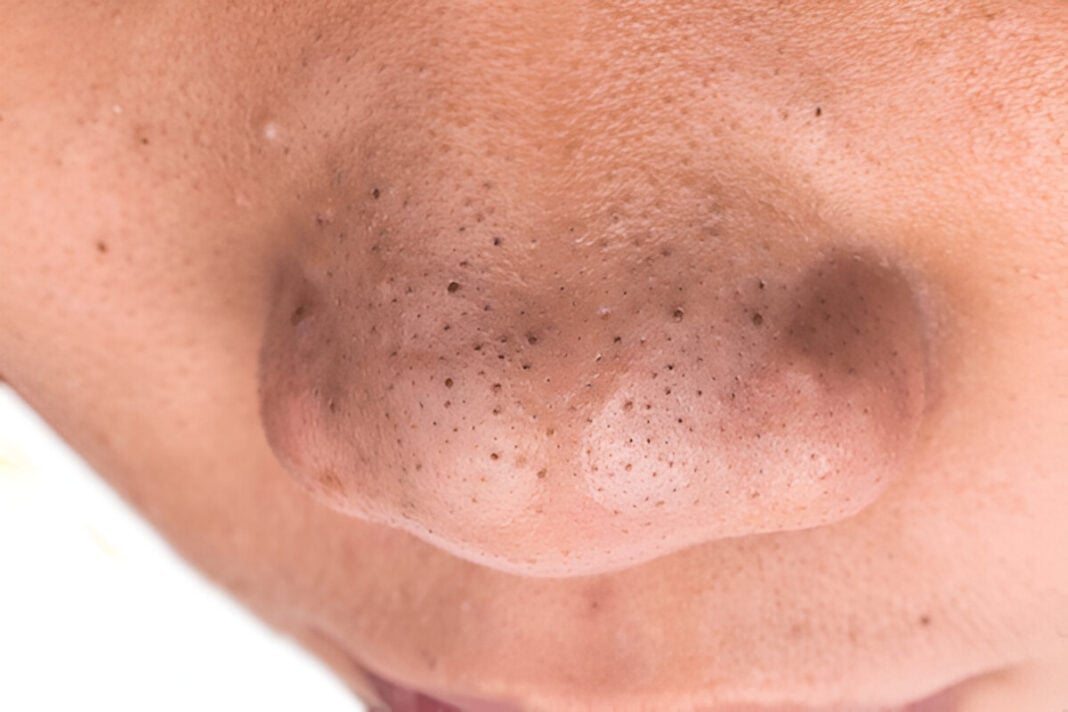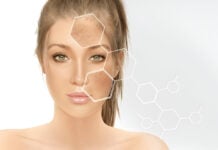We’ve all been there, leaning a little too close to the bathroom mirror, spotting those tiny dark dots on our nose, chin, or forehead. Blackheads. No matter how many scrubs, strips, or serums you try, they just seem to keep coming back. It can feel like a never-ending battle, and honestly? It gets frustrating. So why are blackheads so stubborn, and what actually works to get rid of them?
What Exactly Are Blackheads?
Despite what many of us were told growing up, blackheads aren’t dirt trapped in our pores. They are actually called open comedones, and they form when dead skin cells and oil (also called sebum) clog up a pore. Since the top of the pore stays open, that buildup gets exposed to air and oxidizes, turning black (Zaenglein et al., 2016). It’s not dirt. It’s just chemistry.
So if you’ve been scrubbing your skin raw trying to clean them out, take a moment and reconsider. There’s a better way.
Why Are They So Hard to Get Rid Of?
Here’s the thing: blackheads are sneaky. They form deep inside the pores, and unless you’re tackling the root cause, they’ll keep coming back like an unwanted guest.
Some common culprits include:
- Excess oil production, often influenced by genetics or hormones
- Hormonal changes, like puberty, your menstrual cycle, or even stress
- Using the wrong skincare products, especially those that clog your pores
- Overwashing or over-exfoliating, which can strip your skin and cause it to produce even more oil to compensate
And just when you think they’re gone, a new batch shows up. Sound familiar?
What Doesn’t Work (Even If It Feels Like It Does)
Let’s talk about pore strips. You know the ones. You peel them off and see those little plugs it feels so satisfying. But here’s the truth: they only remove the surface of the blackhead, not the deeper buildup inside the pore. It’s like trimming a weed instead of pulling it out from the roots.
Scrubs can also feel like they’re doing something, but harsh exfoliants often just irritate your skin and make oil production worse. And squeezing them with your fingers? That can lead to inflammation, scarring, or even infection. It’s just not worth it.
What Actually Works
Now for the good news. There are real, effective ways to reduce and prevent blackheads. It just takes time, consistency, and the right products.
1. Salicylic Acid (The Pore Cleaner): Salicylic acid is a gentle exfoliant that gets deep into your pores and breaks up the debris. It helps to clear existing blackheads and prevent new ones from forming. Look for it in cleansers or leave-on treatments (Kircik, 2010). It’s a game-changer, especially when used consistently.
2. Retinoids (The Long-Term Fix): Retinoids like adapalene or tretinoin help your skin shed dead cells more efficiently and keep pores clear. They take a few weeks to start working, but they are incredibly effective in the long run (Zaenglein et al., 2016). As a bonus, they also help reduce fine lines.
3. Clay Masks (The Oil Absorbers): Clay masks, especially those made with kaolin or bentonite, can help absorb excess oil and draw out impurities. They aren’t miracle products, but using them once or twice a week can really support your skincare routine (Draelos, 2000).
4. Professional Treatments: Sometimes, it’s best to consult a professional. Dermatologists or licensed estheticians can perform extractions or apply chemical peels that clean out pores safely. This is especially helpful if you have stubborn or widespread blackheads.
5. Non-Comedogenic Skincare: This one is essential: choose products labeled non-comedogenic, meaning they won’t clog your pores. That includes moisturizers, sunscreens, and makeup. And yes, even if your skin is oily, you still need a moisturizer. Depriving your skin of moisture can make it produce more oil, not less.
It’s easy to feel self-conscious about blackheads. They’re visible, persistent, and often frustrating to manage. But remember, they are incredibly common. Everyone deals with them at some point, and it doesn’t mean you’re doing anything wrong.
Skincare doesn’t need to be complicated. You don’t need a 12-step routine or harsh products. A simple, consistent routine focused on gentle exfoliation, hydration, and patience can go a long way.
References
- Draelos, Z. D. (2000). Cosmeceuticals: What’s real, what’s not? Dermatologic Clinics, 18(4), 607–615. https://doi.org/10.1016/S0733-8635(05)70111-6
- Kircik, L. H. (2010). Salicylic acid in dermatology: A review of its efficacy and safety for acne and other conditions. The Journal of Clinical and Aesthetic Dermatology, 3(7), 44–47.
- Zaenglein, A. L., Pathy, A. L., Schlosser, B. J., Alikhan, A., Baldwin, H. E., Berson, D. S., … & Bhushan, R. (2016). Guidelines of care for the management of acne vulgaris. Journal of the American Academy of Dermatology, 74(5), 945–973.e33. https://doi.org/10.1016/j.jaad.2015.12.037












